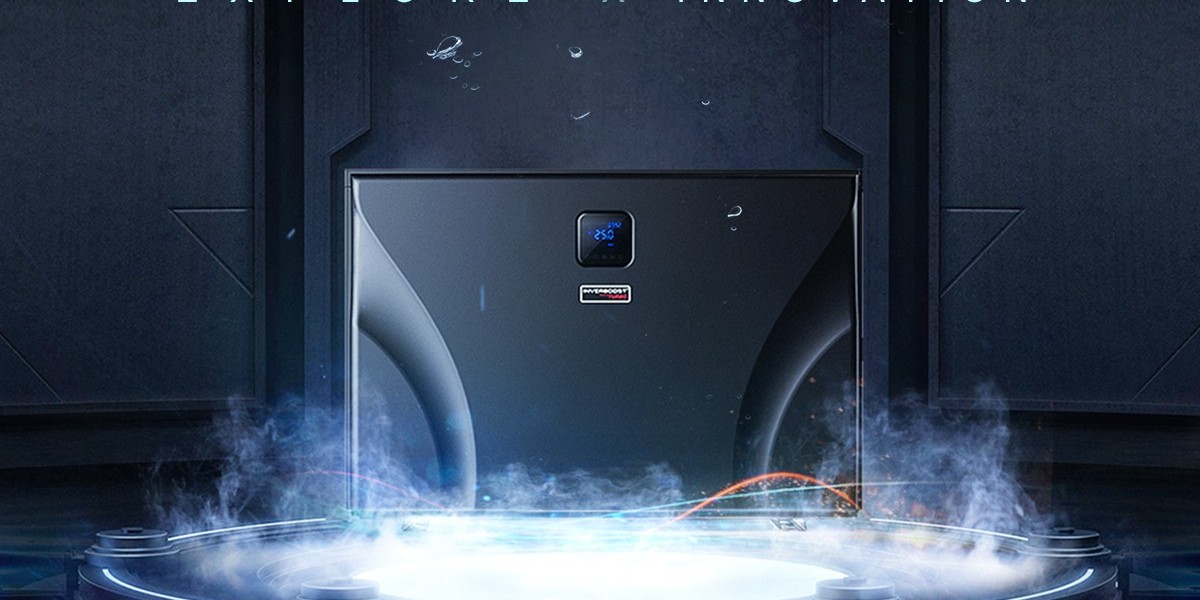Understanding Collaborative Robots
Collaborative robots, often referred to as cobots, are advanced robotic systems designed to work alongside humans in a shared workspace. Unlike traditional industrial robots, which are typically confined to safety cages and operate independently, cobots are equipped with advanced sensors and programming that enable safe and efficient collaboration with human workers.
Key Features of Collaborative Robots
- Safety: Cobots are equipped with advanced sensors and built-in safety features that allow them to operate safely alongside humans without the need for protective barriers.
- Flexibility: One of the most significant advantages of cobots is their flexibility. These robots can be easily programmed and reprogrammed to perform a wide range of tasks, making them ideal for dynamic manufacturing environments where production needs may change rapidly.
- Ease of Use: Unlike traditional industrial robots, which often require specialized programming knowledge to operate, cobots are designed to be user-friendly. Many cobots feature intuitive programming interfaces that allow even non-technical users to teach them new tasks quickly.
- Cost-Effectiveness: While the initial investment in cobots may be higher than traditional automation solutions, the long-term cost benefits are significant. Cobots can help businesses save money by increasing efficiency, reducing waste, and improving overall productivity.
Applications of Collaborative Robots
The versatility of cobots makes them suitable for a wide range of applications across various industries. From manufacturing and logistics to healthcare and beyond, collaborative robots are transforming the way work is done.
Manufacturing
In the manufacturing sector, cobots are being used to automate repetitive tasks such as pick-and-place, assembly, and quality inspection. By offloading these tasks to robots, manufacturers can free up human workers to focus on more complex and value-added activities, leading to increased productivity and higher-quality products.
Logistics and Warehousing
In logistics and warehousing, cobots are streamlining order fulfillment processes by automating tasks such as picking, packing, and palletizing. These robots can work alongside human employees to increase throughput, reduce errors, and optimize warehouse space utilization.
Healthcare
In the healthcare industry, cobots are being deployed to assist with a variety of tasks, including patient care, pharmacy automation, and laboratory tasks. By automating routine tasks, cobots can help healthcare facilities improve efficiency, reduce costs, and enhance patient care outcomes.
Agriculture
In agriculture, cobots are revolutionizing farming practices by automating tasks such as planting, weeding, and harvesting. These robots can help farmers increase crop yields, reduce labor costs, and minimize environmental impact by optimizing resource usage.
The Future of Collaborative Robotics
As technology continues to advance, the potential applications for collaborative robots are virtually limitless. From smart factories and autonomous vehicles to personal assistant robots and beyond, cobots are poised to play a central role in shaping the future of work and industry.
In conclusion, collaborative robots represent a paradigm shift in the world of automation. Their ability to work alongside humans safely, flexibly, and cost-effectively makes them invaluable assets for businesses seeking to stay competitive in today's fast-paced global economy.








